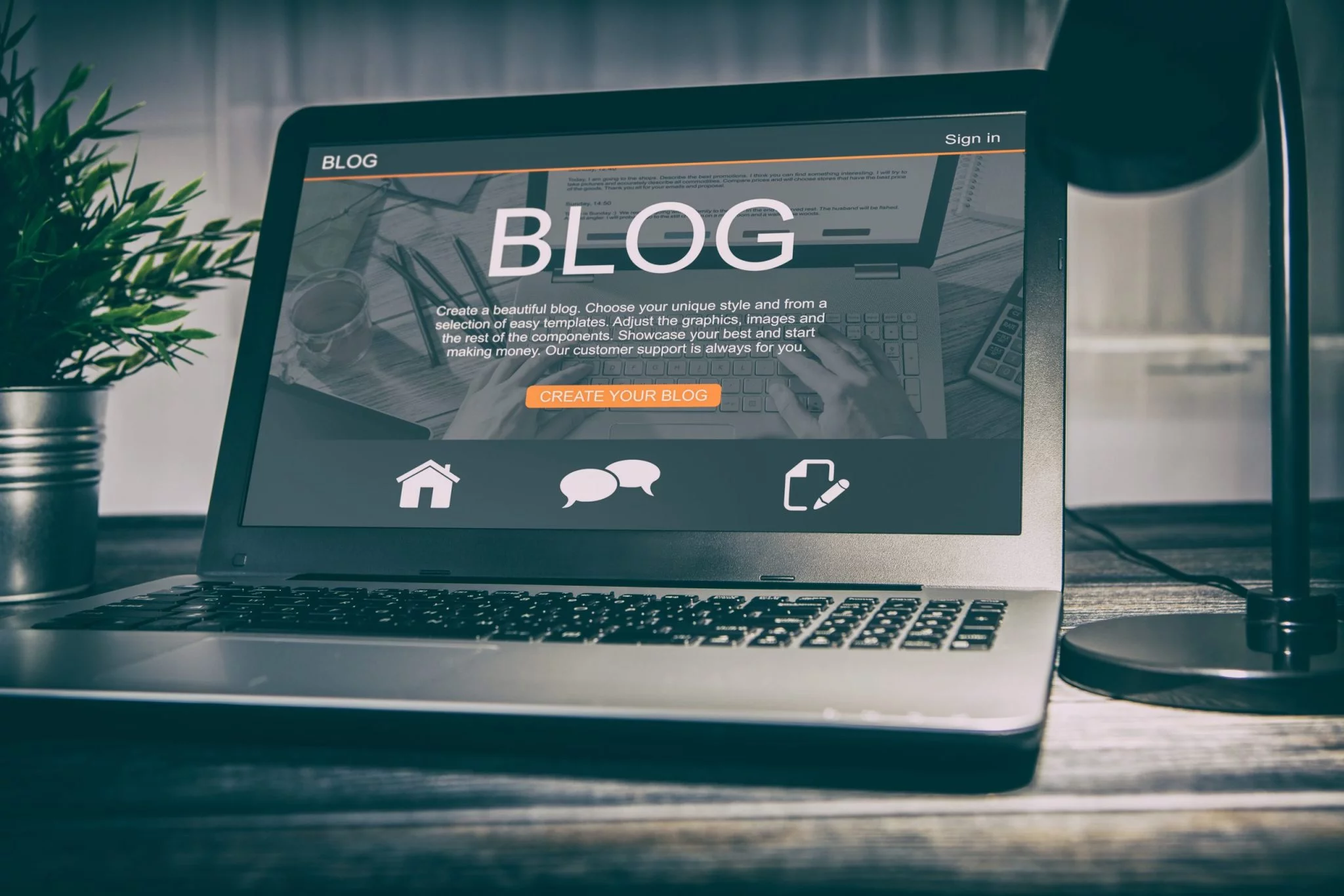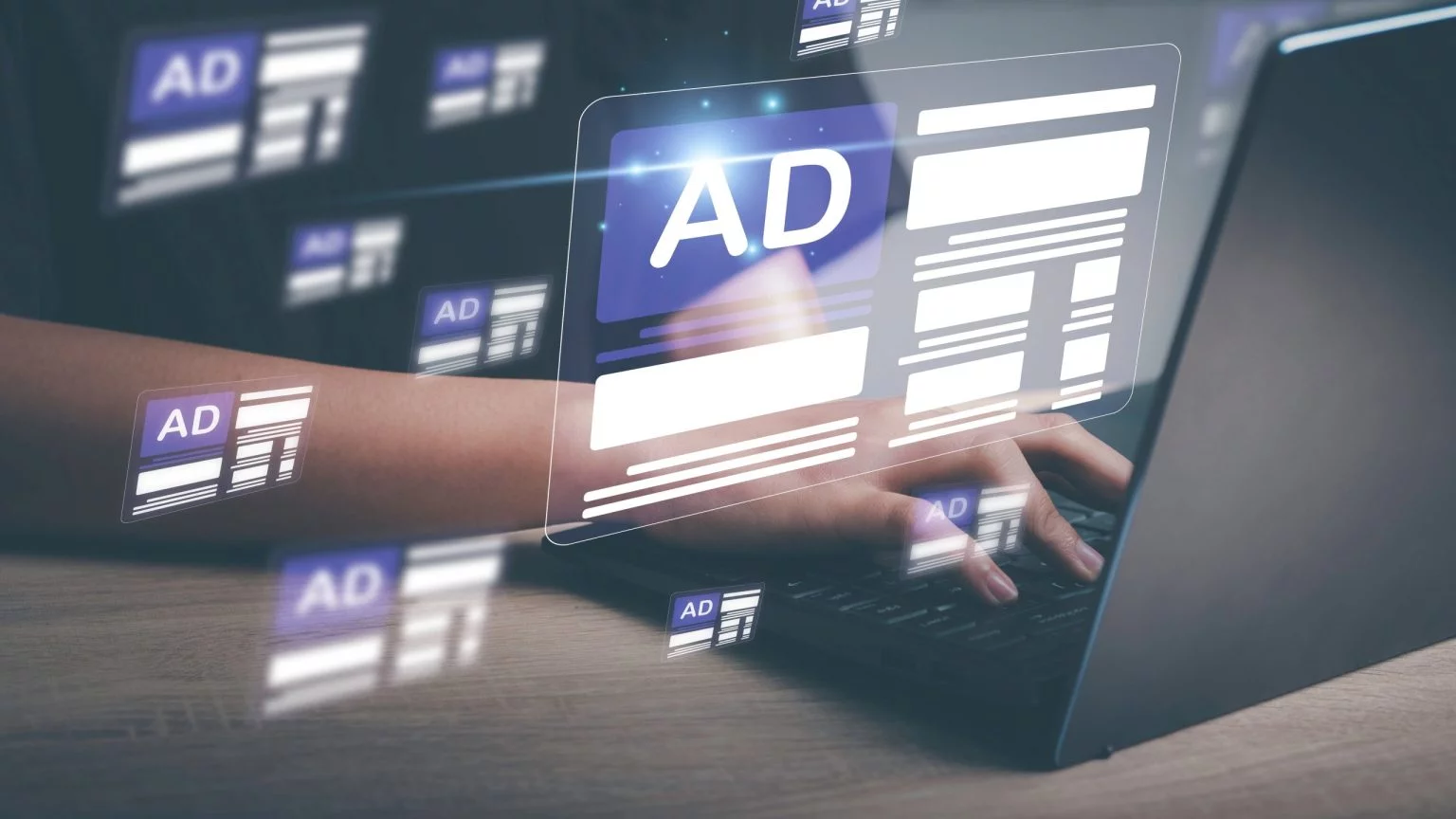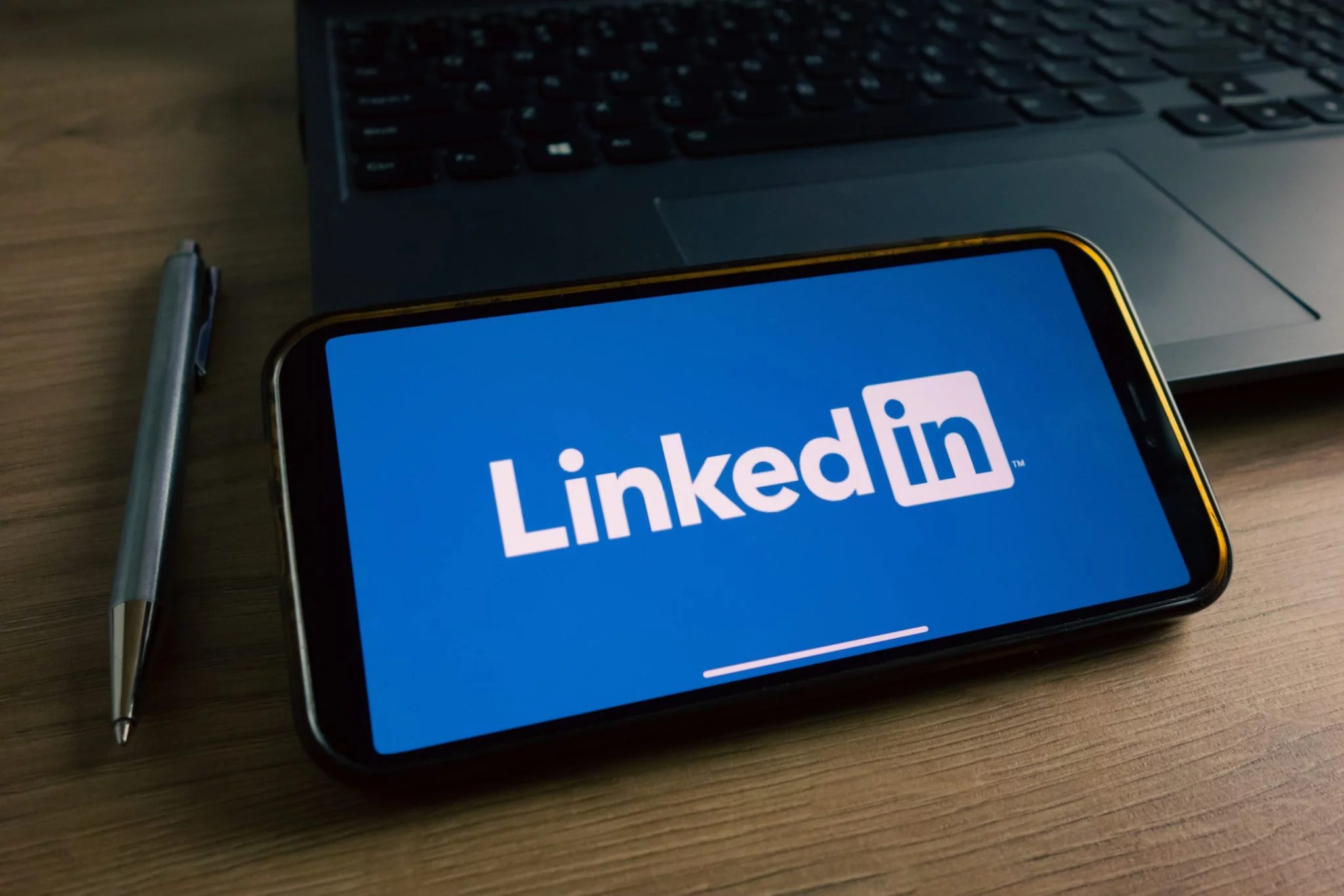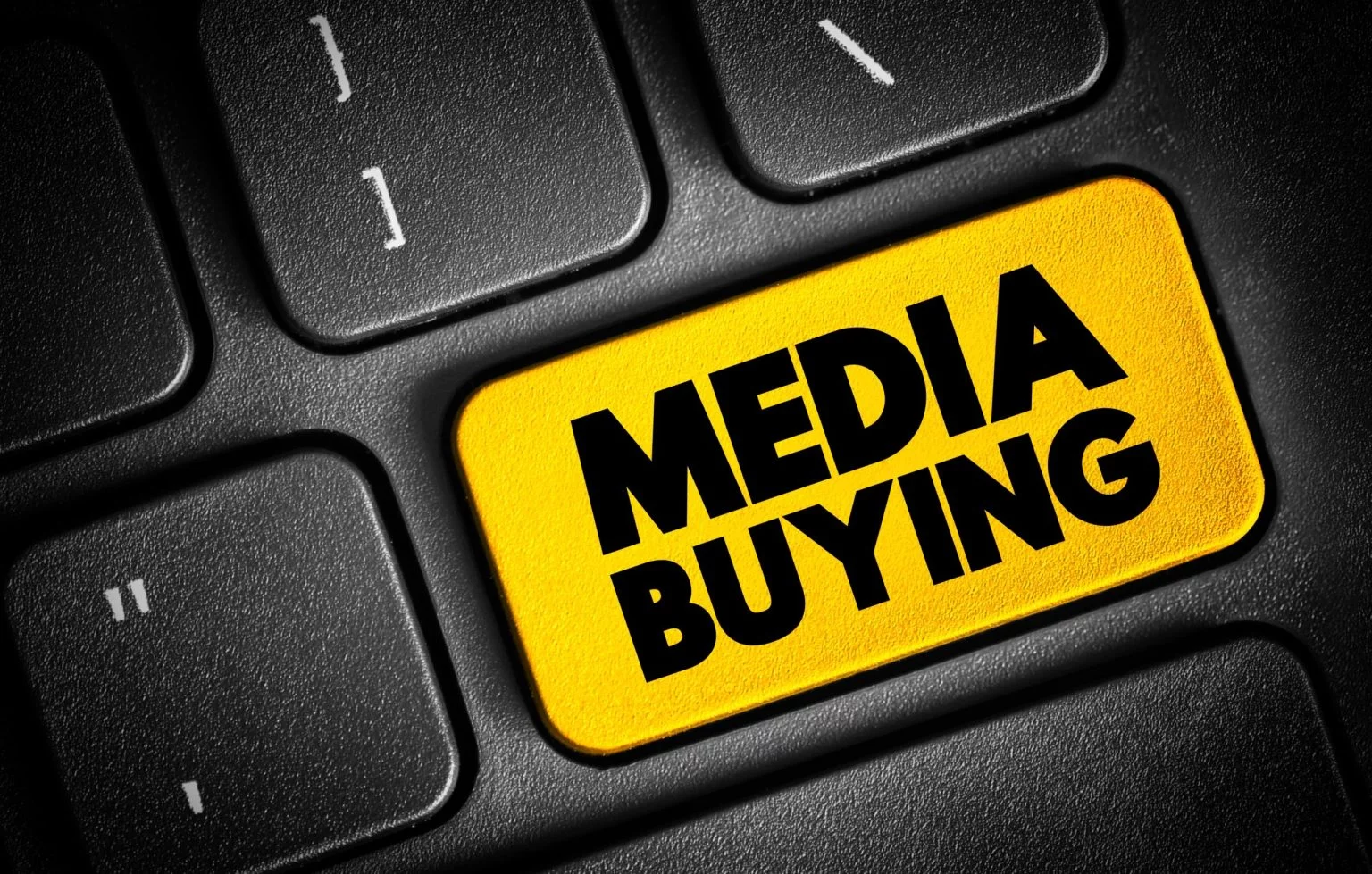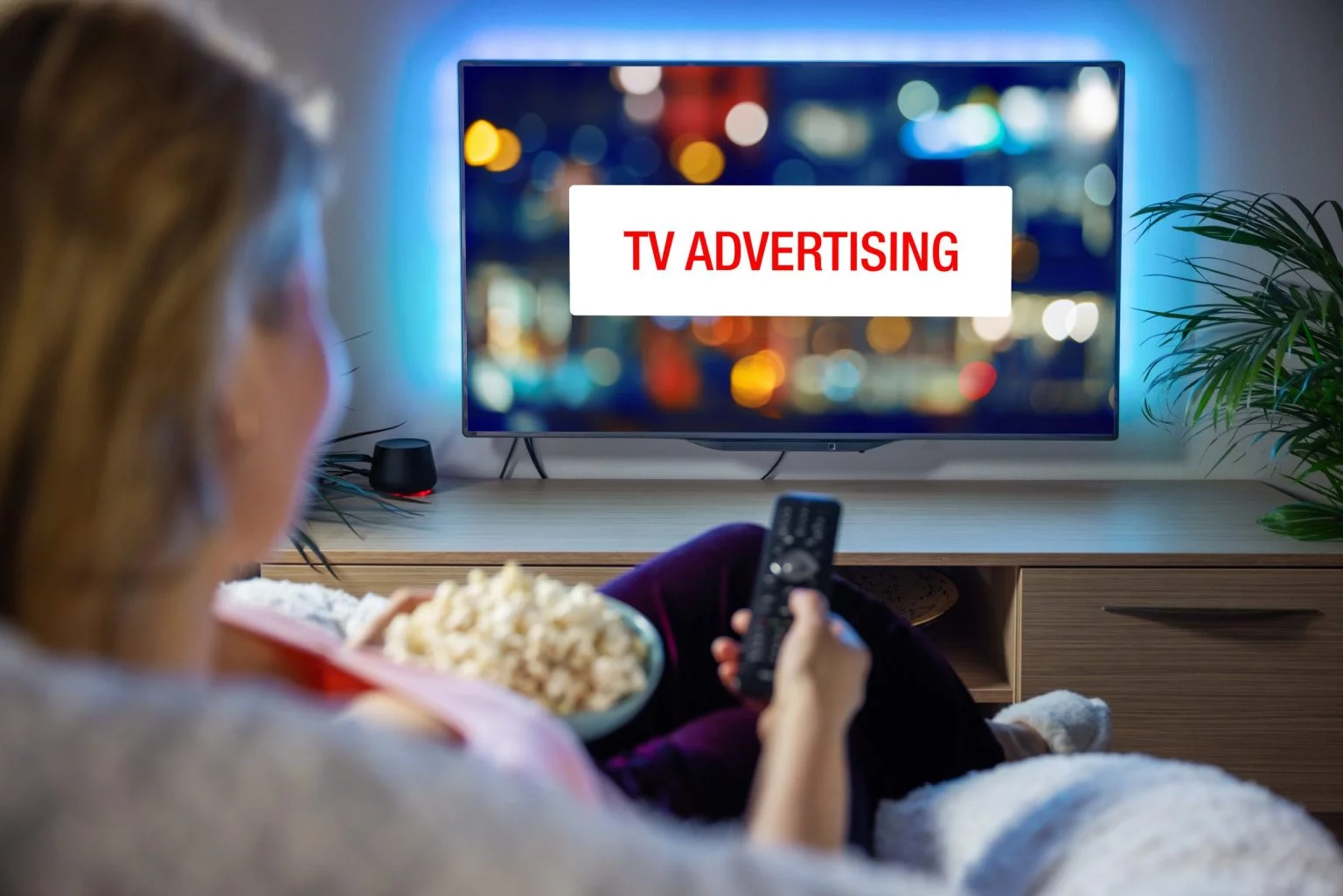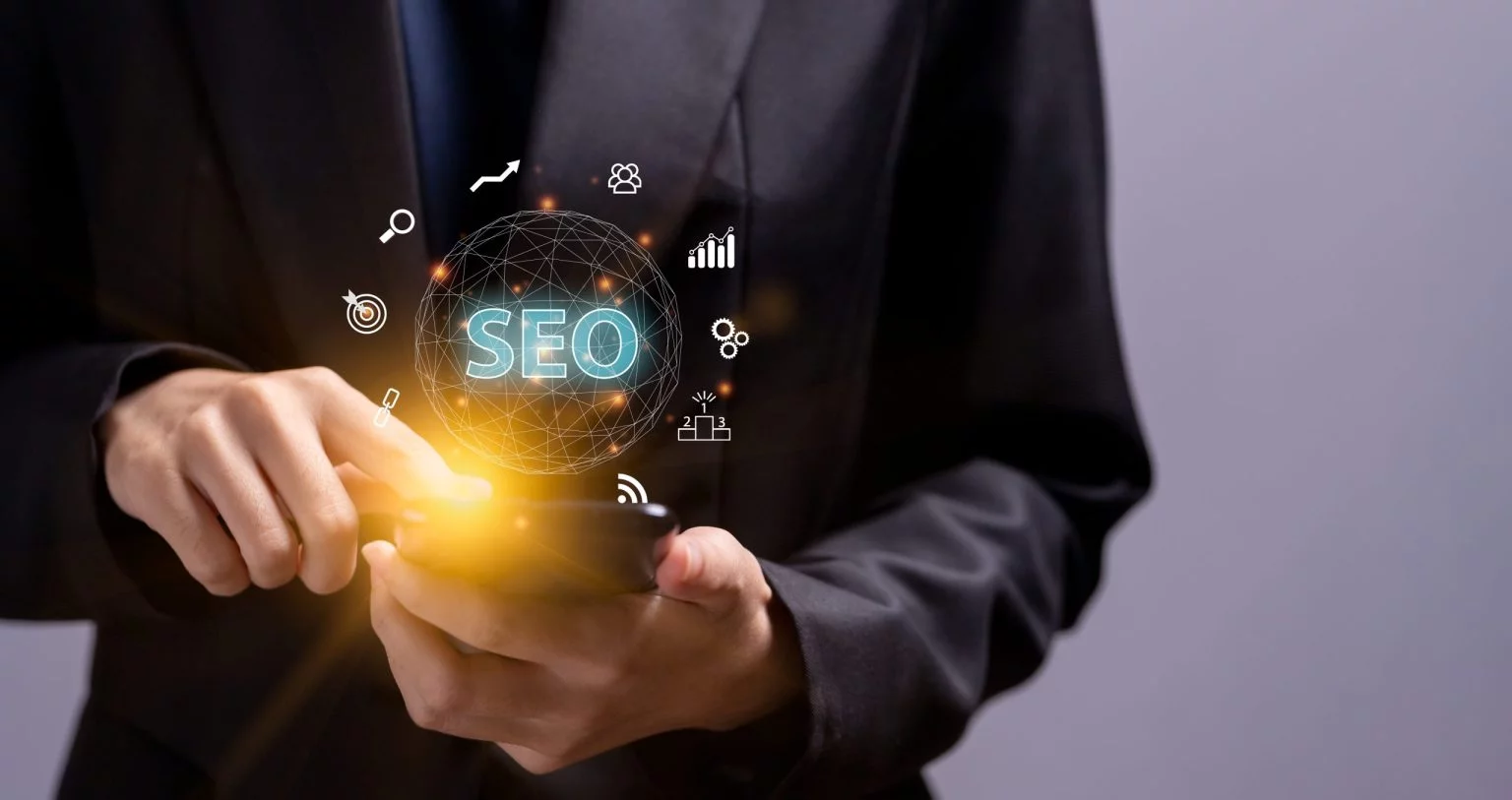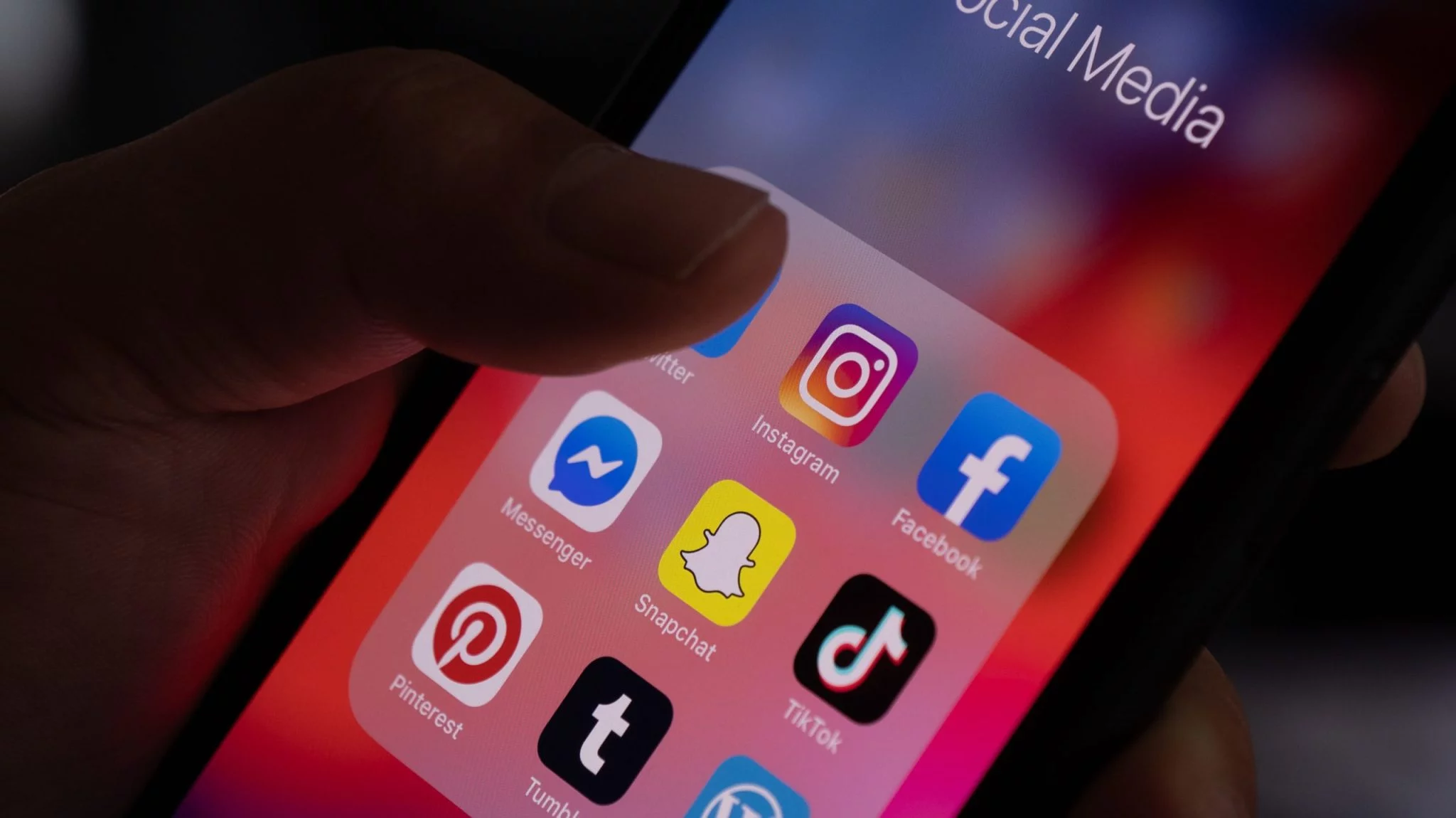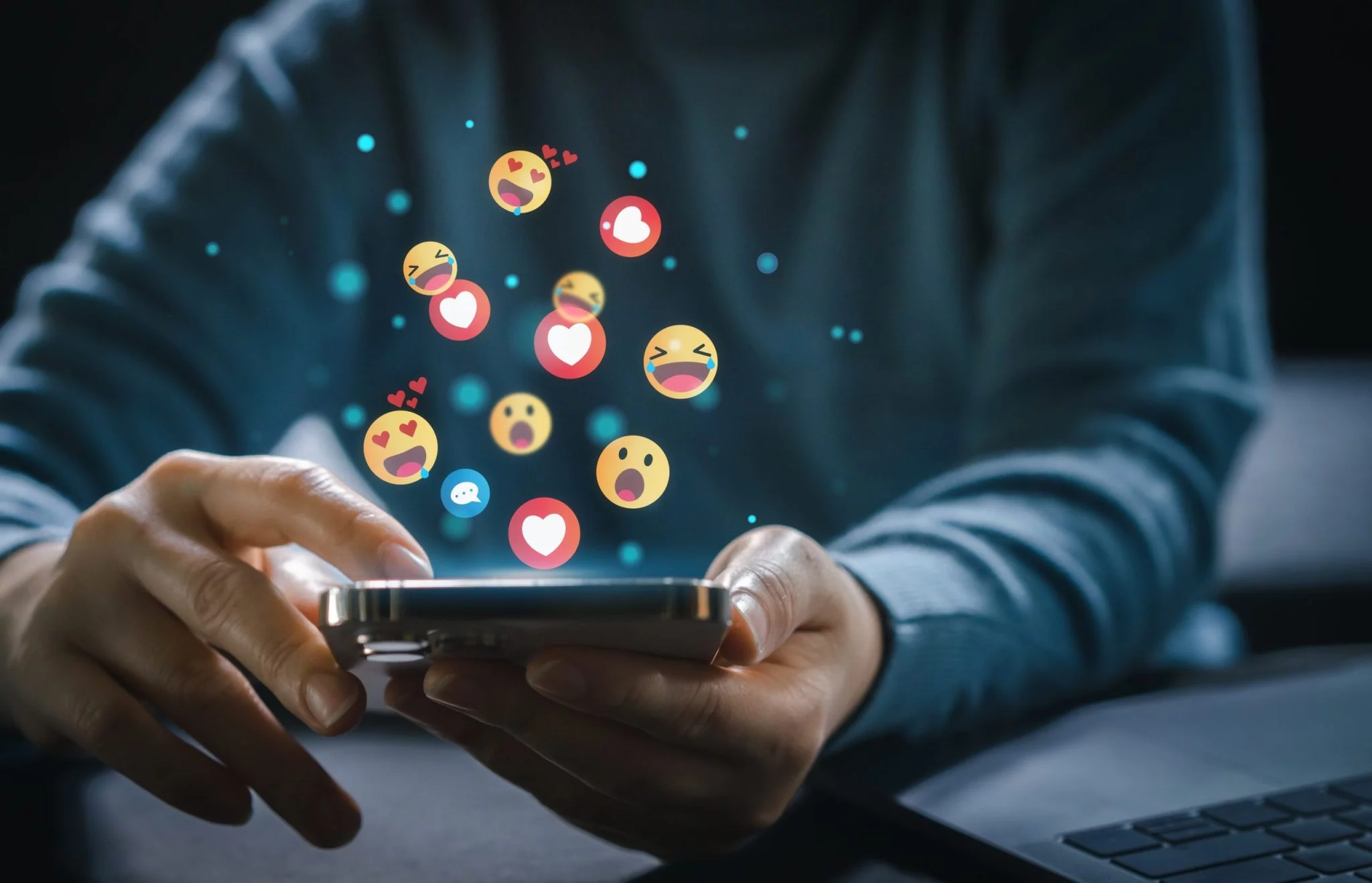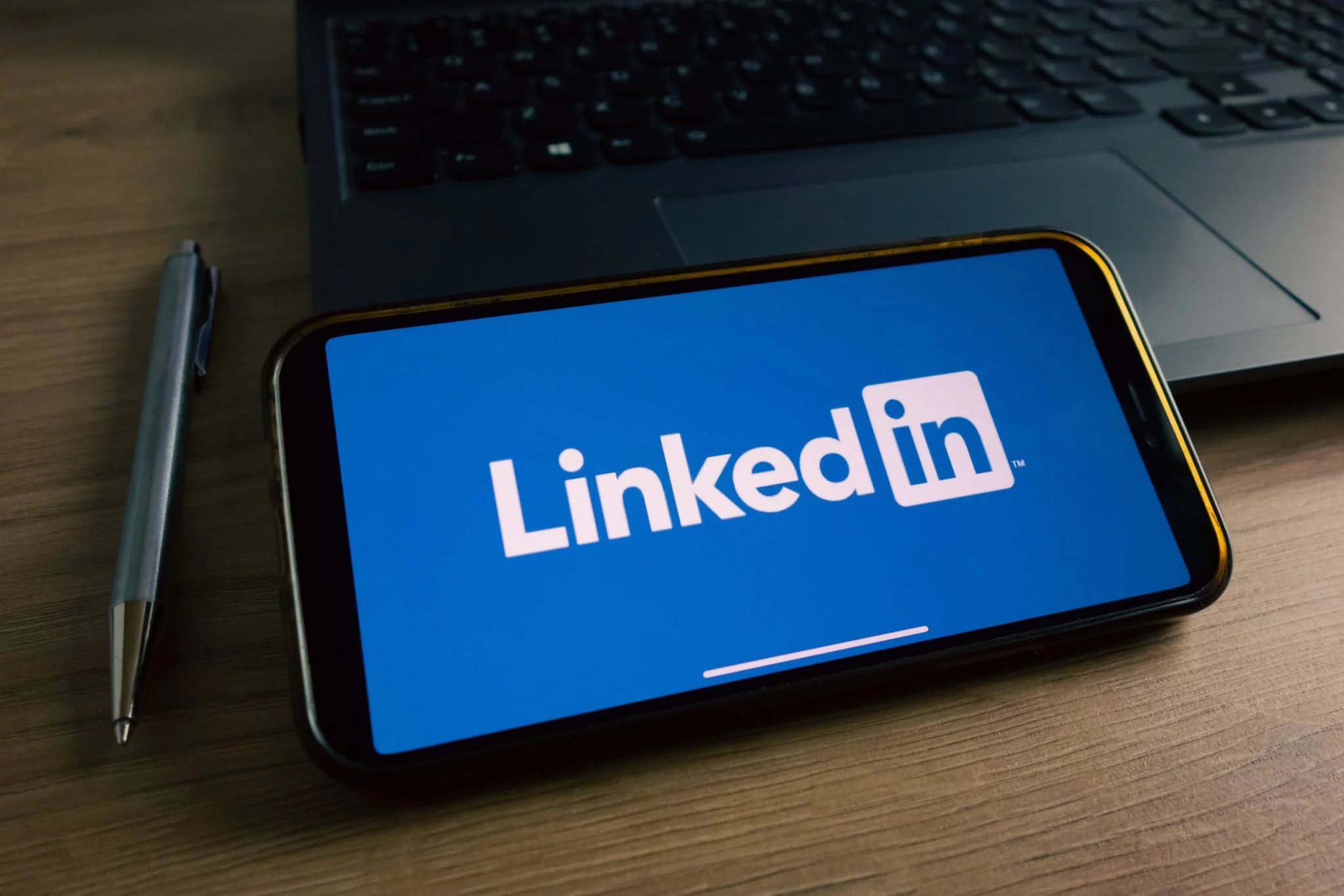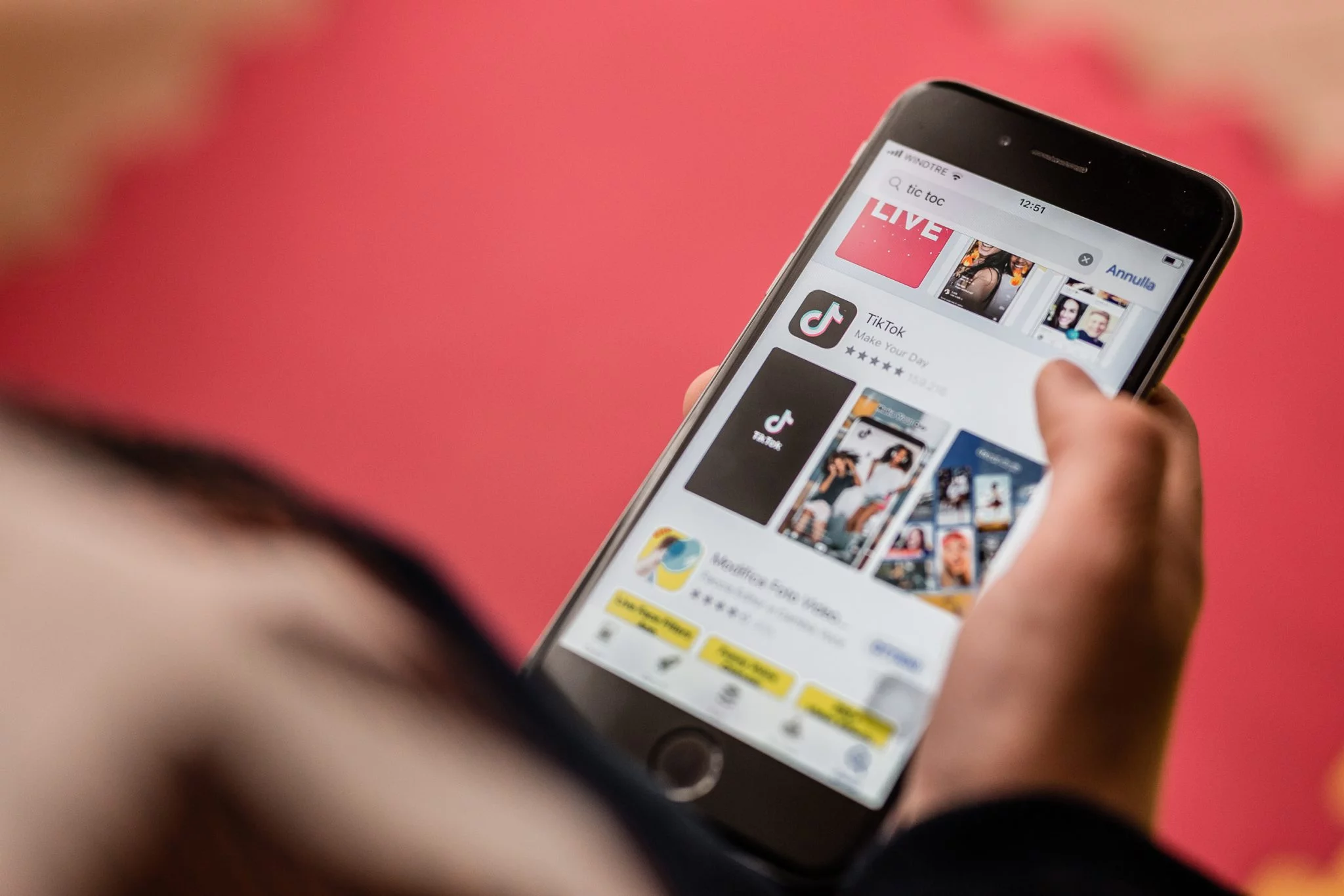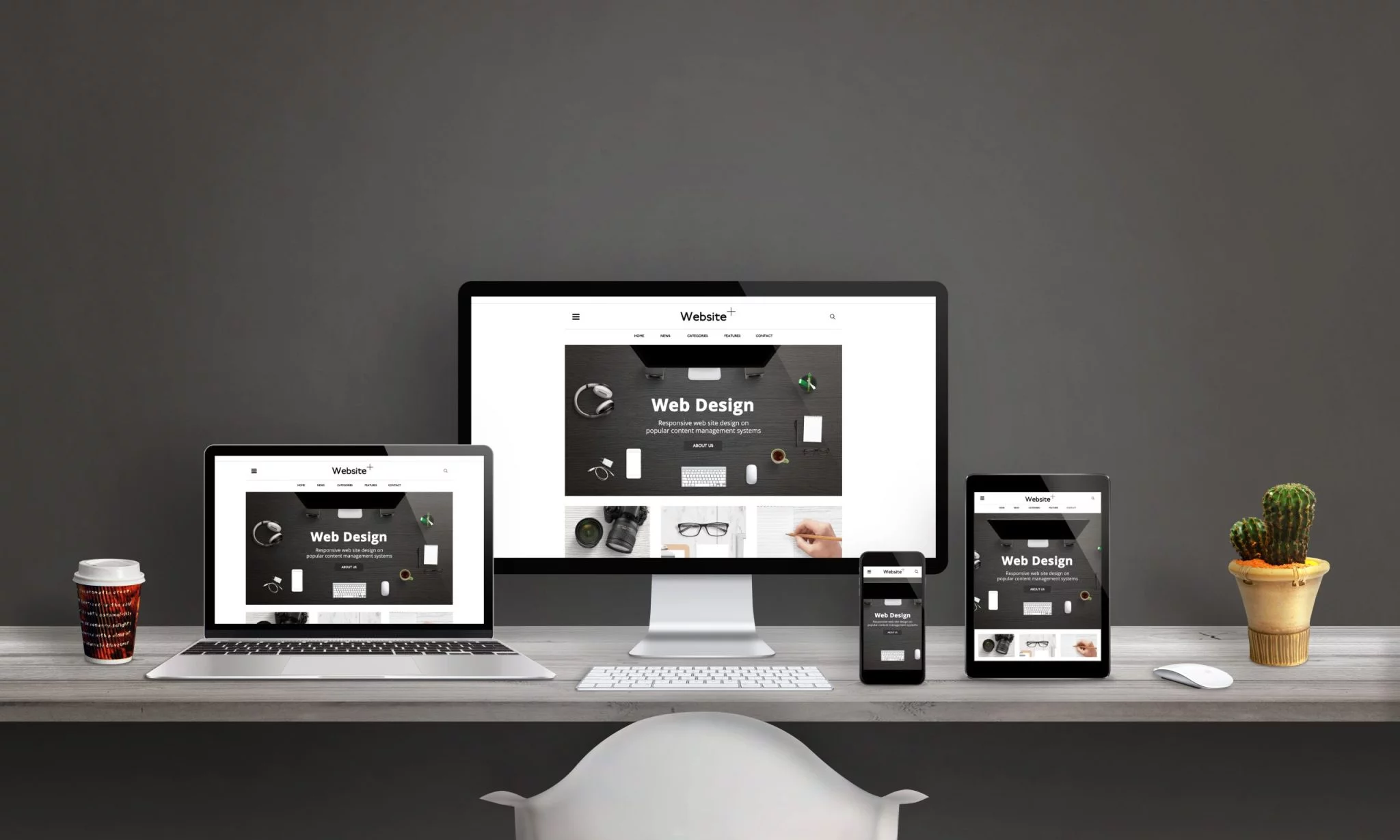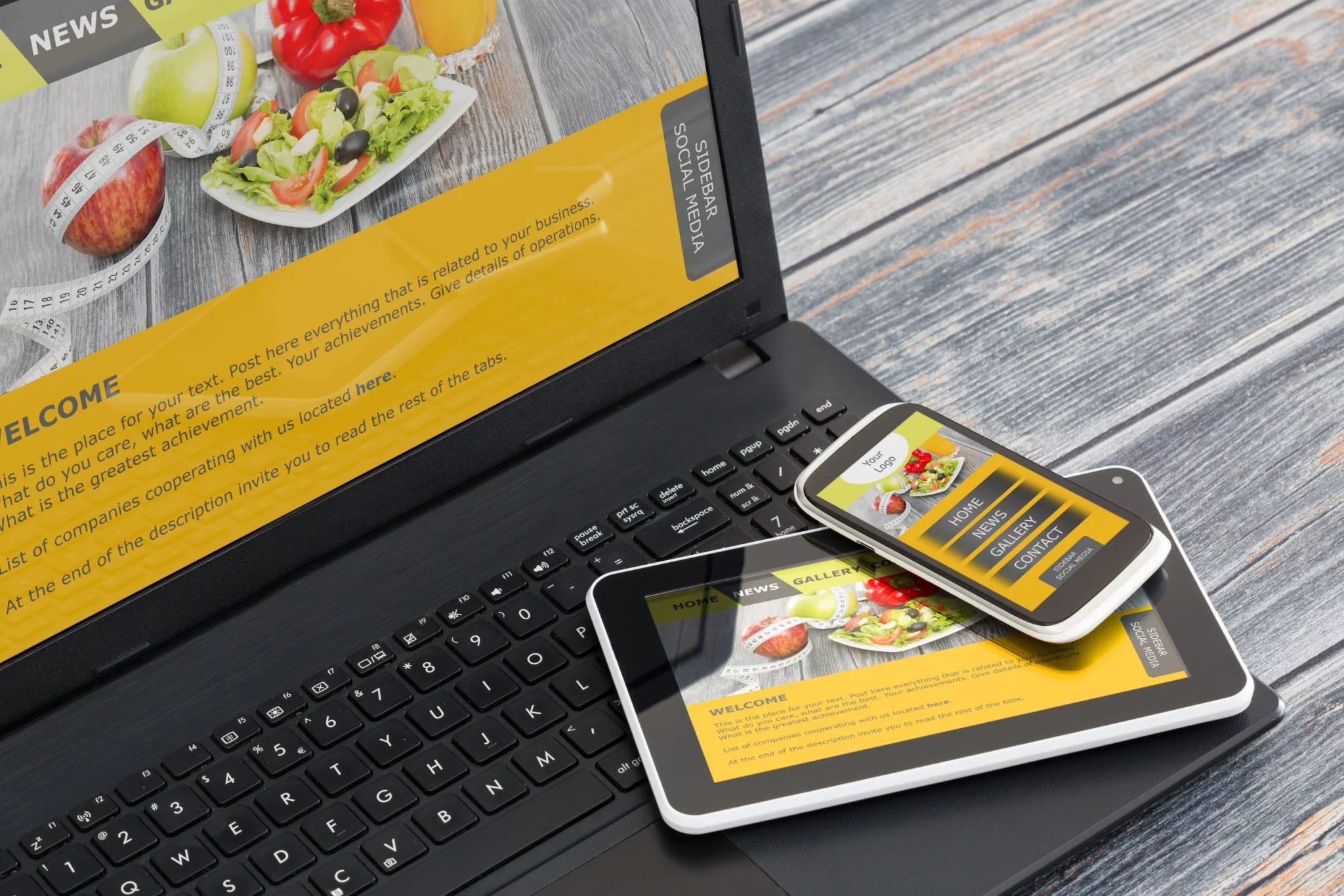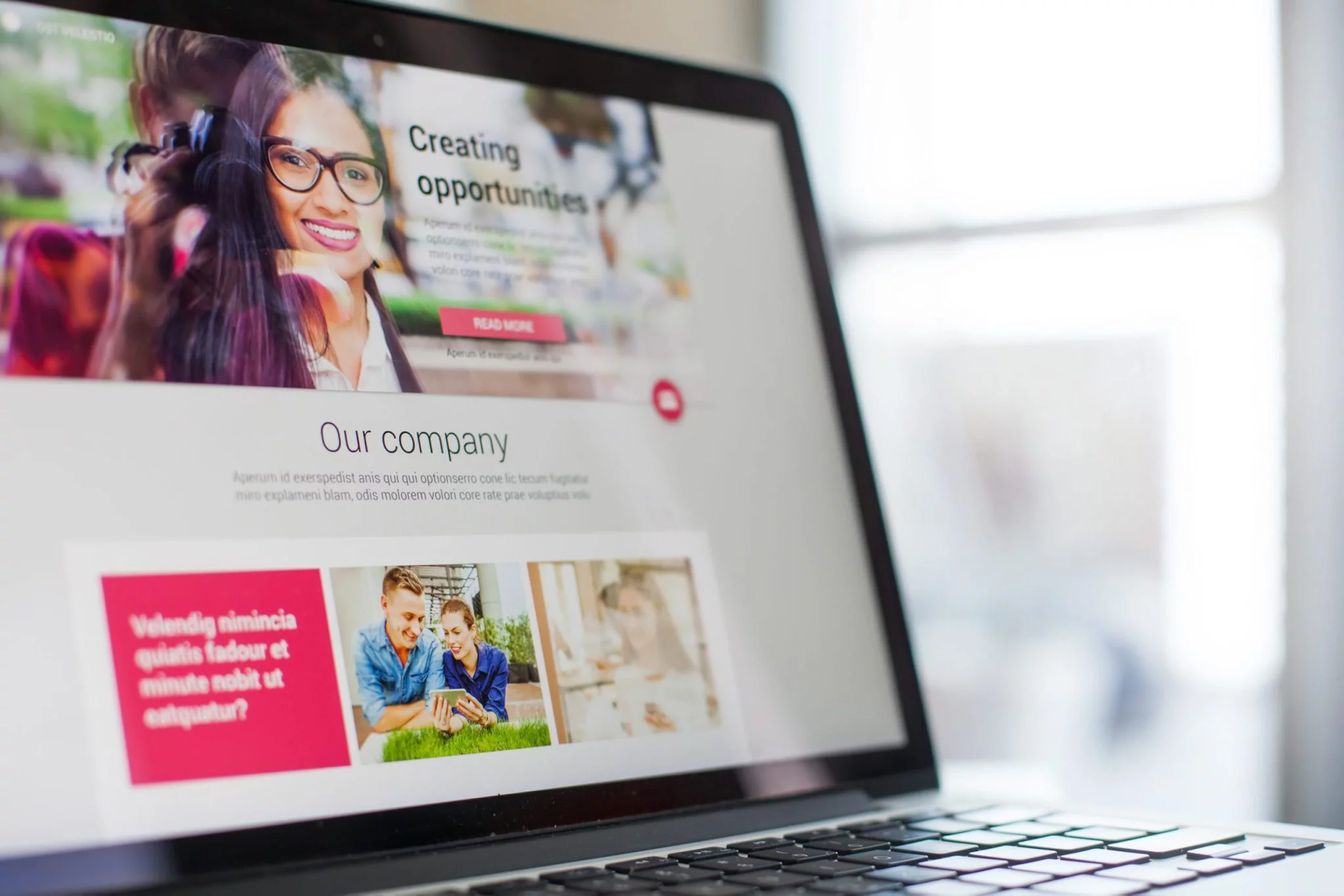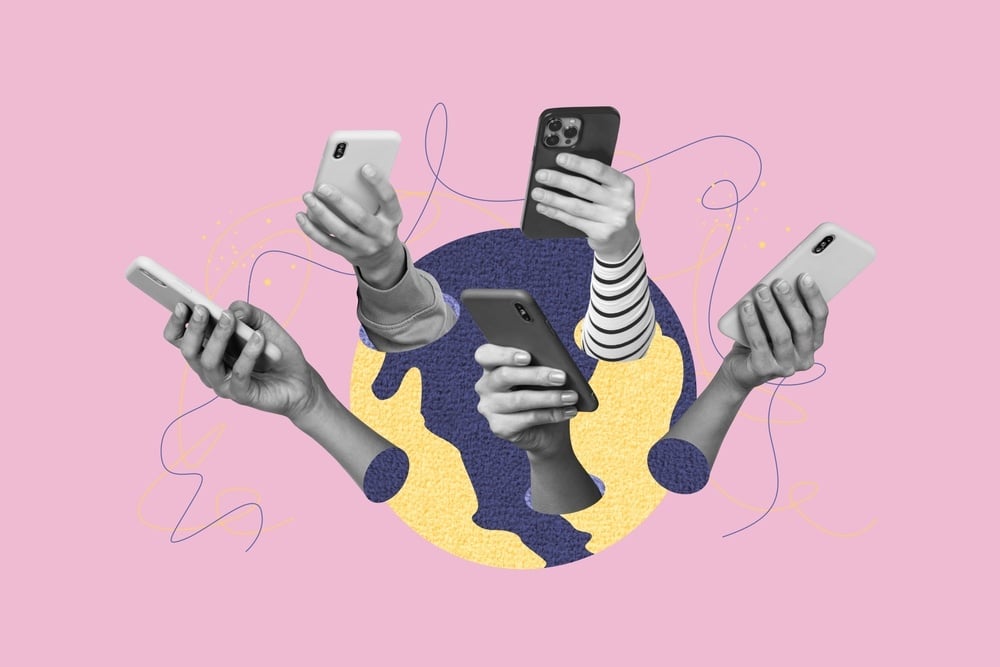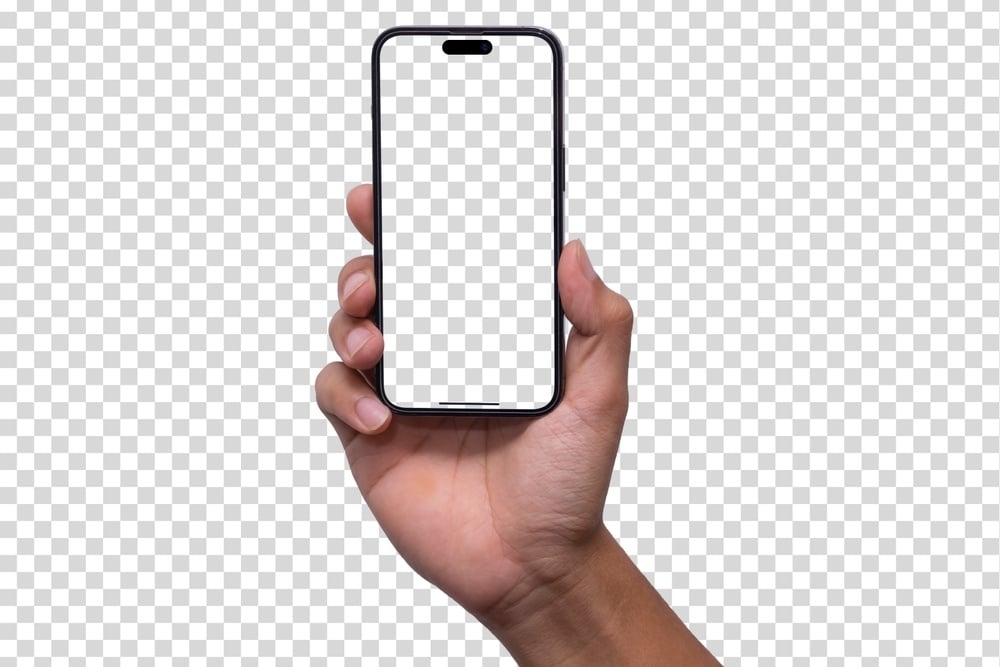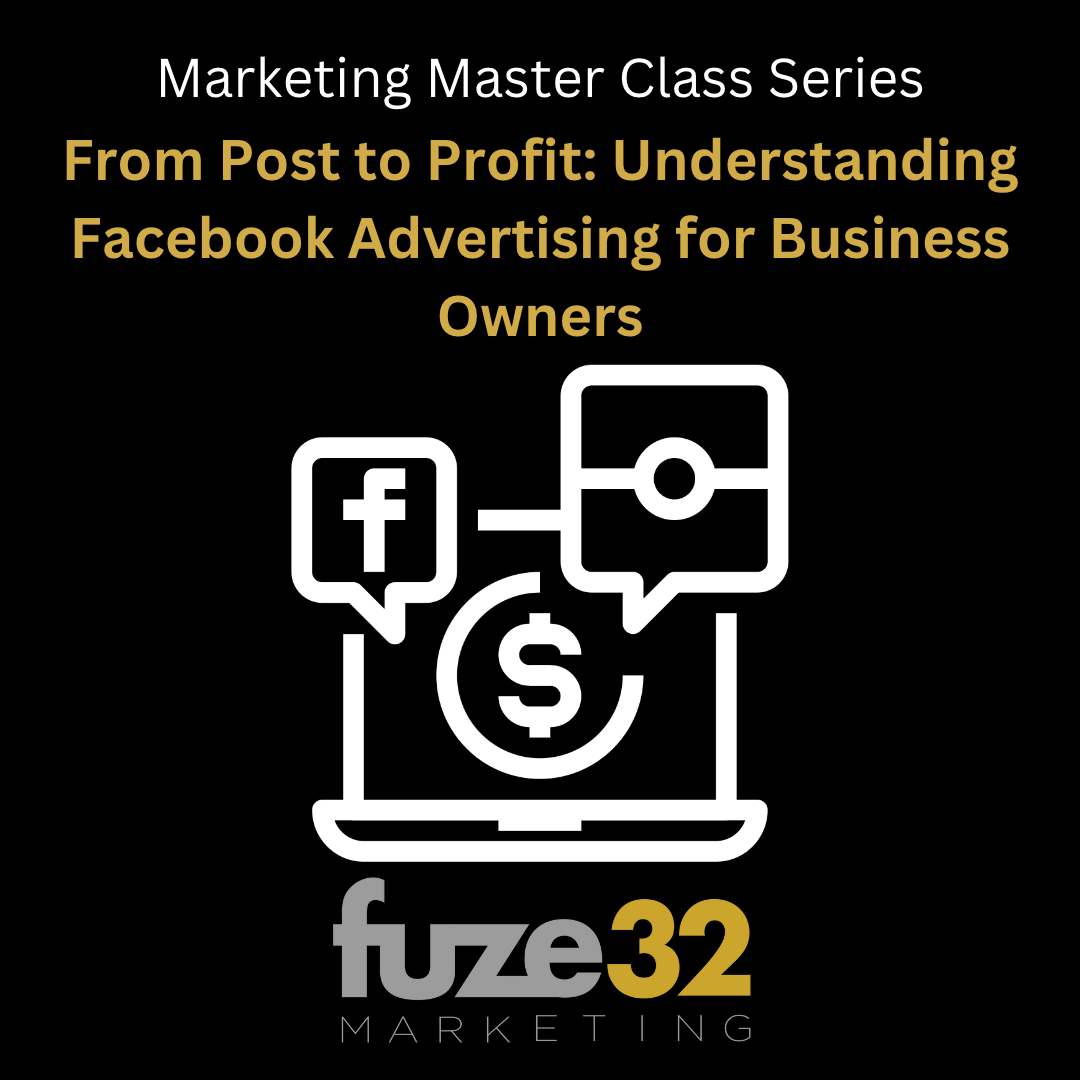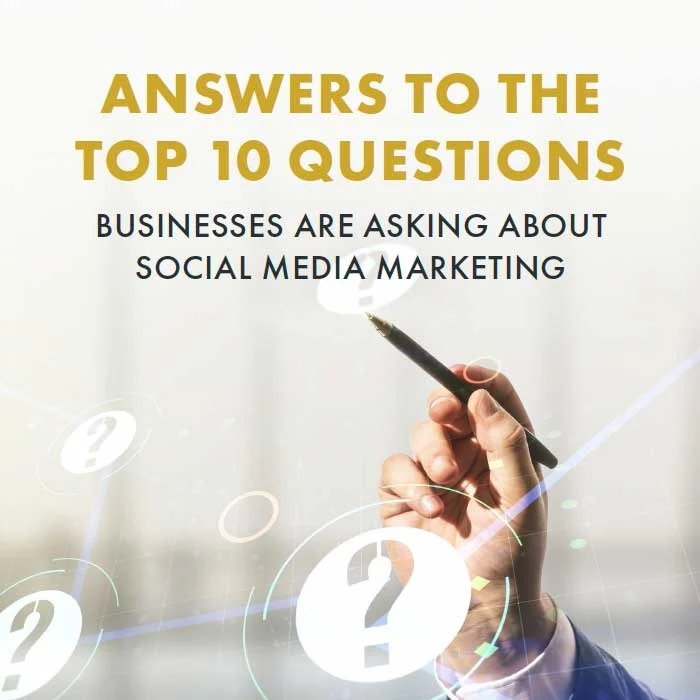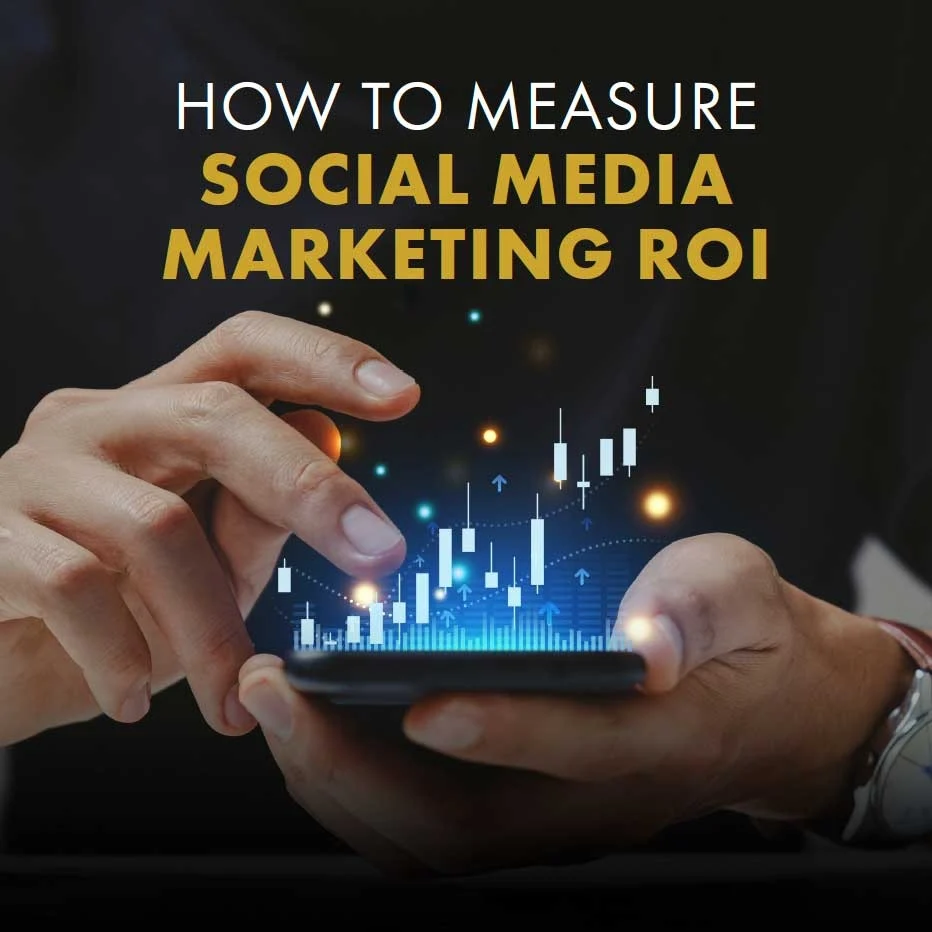
Let's be real for a second. For years, digital marketing has felt a bit like being a private detective-a slightly creepy one. Marketers have been piecing together clues about customers by tracking their every move online, using third-party cookies like a trail of digital breadcrumbs. It worked, kind of, but it always felt a little… icky. Right?
Key Takeaways:
- Zero-party data is shared directly and willingly by customers.
- It builds trust and delivers more accurate personalization.
- Collection strategies focus on consent and value exchange.
- Future-proofs your marketing in a privacy-first world.
Well, the cookie-pocalypse is nigh. Google is finally phasing out third-party cookies, and the old way of doing things is going the way of the flip phone. Marketers everywhere are panicking, wondering how they’ll ever know what their customers want.
But what if I told you there’s a better way? A way to get even more valuable information about your audience, without the espionage? A way for customers to just… tell you what they want?
Enter zero-party data. It's not a futuristic concept from a sci-fi movie; it’s the future of marketing, and it’s built on the radical idea of just asking.
What in the World is Zero-Party Data?
Okay, let's break down the data family reunion. You’ve probably heard of first-party and third-party data.
- Third-Party Data: This is data you buy from large aggregators. It's collected from a bazillion different sources, bundled up, and sold. It’s like getting a guest list for a party where you don't know anyone, and you're not even sure they like parties. It’s broad, impersonal, and increasingly blocked by privacy regulations.
- First-Party Data: This is data you collect yourself from your own digital properties. Think website analytics, purchase history, or actions taken within your app. It’s good stuff-it's your customer's behavior on your turf. This is like knowing what your party guests ate and drank at your house. Useful, for sure.
Now, here comes the new kid on the block.
Zero-Party Data is data that a customer intentionally and proactively shares with a brand. It's not inferred or observed; it’s given. It includes things like purchase intentions, personal context, and how they want to be recognized by the brand.
If first-party data is observing what your party guest does, zero-party data is them walking up to you and saying, "Hey, just so you know, I'm vegan, I love 90s hip-hop, and I'm in the market for a new car." It’s a direct line into their brain. It’s pure gold.
Why You Should Be Obsessed with Zero-Party Data
In a world without third-party cookies, clinging to the old ways is like trying to stream a 4K movie on a dial-up modem. It’s just not going to work. Zero-party data isn't just a "nice-to-have" replacement; it's a massive upgrade for a few key reasons.
It's All About Consent and Trust
Let’s face it, consumer trust is at an all-time low. People are tired of feeling like they’re being watched. In fact, a whopping 86% of consumers say they are concerned about their data privacy. Zero-party data flips the script. Instead of sneakily gathering info, you're transparently asking for it.
When you ask a customer for information in exchange for a better experience-like a personalized recommendation or a special offer-you're not a creep; you're a collaborator. You're building a relationship based on trust, not tracking. That’s a foundation that actually lasts.
It's Insanely Accurate and Relevant
Third-party data makes a lot of assumptions. It might guess that because you bought hiking boots once, you're a rugged outdoors person who wants to be bombarded with ads for tents and dehydrated food. (Maybe you just needed sturdy shoes for your walk to the coffee shop, Karen!)
Zero-party data eliminates the guesswork. When a customer tells you they prefer "casual weekend style" over "business formal," you know exactly what to show them. This level of accuracy is impossible to achieve with inferred data. It allows you to create truly personalized experiences that feel helpful, not intrusive. Brands that excel at personalization can see a 5-8x return on their marketing spend. Just sayin'.
It Future-Proofs Your Marketing
Privacy regulations like GDPR and CCPA aren't going away. In fact, they're just the beginning. The entire digital landscape is shifting toward a consent-first model. By building your marketing strategy around zero-party data, you're not just adapting to the death of the cookie; you're getting ahead of the curve. You're building a sustainable, compliant, and effective data collection model that will serve you for years to come.
How to Collect Zero-Party Data (Without Being Annoying)
So, how do you get customers to hand over this precious data? The secret is the value exchange. You have to give them a good reason to share. This isn't a one-way street; it's a conversation.
Here are some brilliant, non-creepy ways to get started:
- Interactive Quizzes: This is the superstar of zero-party data collection. Is a customer looking for the perfect skincare routine? A "Find Your Perfect Serum" quiz can ask about their skin type, concerns, and lifestyle. At the end, you deliver a personalized recommendation, and they’ve just handed you a treasure trove of data. It’s fun for them, and invaluable for you.
- On-Site Polls and Surveys: Don't underestimate the power of a simple question. A small pop-up on a category page asking, "What are you shopping for today?" with a few multiple-choice options can provide immediate insight for segmentation. Keep it short, sweet, and to the point.
- Registration & Profile Building: When a user creates an account, don't just ask for their name and email. Give them the option to build out their profile. A clothing brand could ask for style preferences. A media site could ask for favorite topics. The key is to make it optional and explain why you're asking. For example: "Tell us your favorite genres so we can recommend shows you'll actually love!"
- Contests and Giveaways: People love free stuff. Running a contest where entry requires answering a few questions is a fantastic way to gather data. "Enter to win a $500 gift card! First, tell us: what's your biggest home improvement project planned for this year?"
- Preference Centers: This is a must-have in your email marketing. A preference center allows users to tell you exactly what kind of content they want to receive and how often. Do they only want to hear about sales? Or are they interested in your weekly newsletter? Letting them choose gives them control and gives you the data to send more effective emails, reducing unsubscribe rates. A study showed that allowing customers to select email frequency can decrease opt-outs by over 30%.
The Bottom Line
The shift away from third-party tracking might feel like an earthquake, but it's really an opportunity. It’s a chance to stop treating customers like data points and start treating them like people.
Zero-party data is about building smarter, more respectful, and ultimately more effective marketing. It's about creating experiences so good that customers want to tell you about themselves. It's consensual marketing that actually converts. So, stop spying and start a conversation. You might be surprised by what your customers are willing to tell you.
FAQ: Zero-Party Data Collection
What is zero-party data?
Zero-party data is information that customers voluntarily and proactively share with your brand—things like preferences, purchase intentions, or personal context.
Why is zero-party data important?
Because it’s provided directly by the customer, zero-party data is accurate, consent-based, and helps you deliver highly personalized experiences while building trust.
How do you collect zero-party data?
Use friendly, value-driven tactics like quizzes, surveys, registration profiles, and preference centers—always explain why you’re asking and show how it benefits the customer.
How does zero-party data differ from first-party data?
First-party data is collected by observing customer actions on your platforms. Zero-party data, on the other hand, is intentionally provided by customers, ensuring clarity and consent.



.webp)

